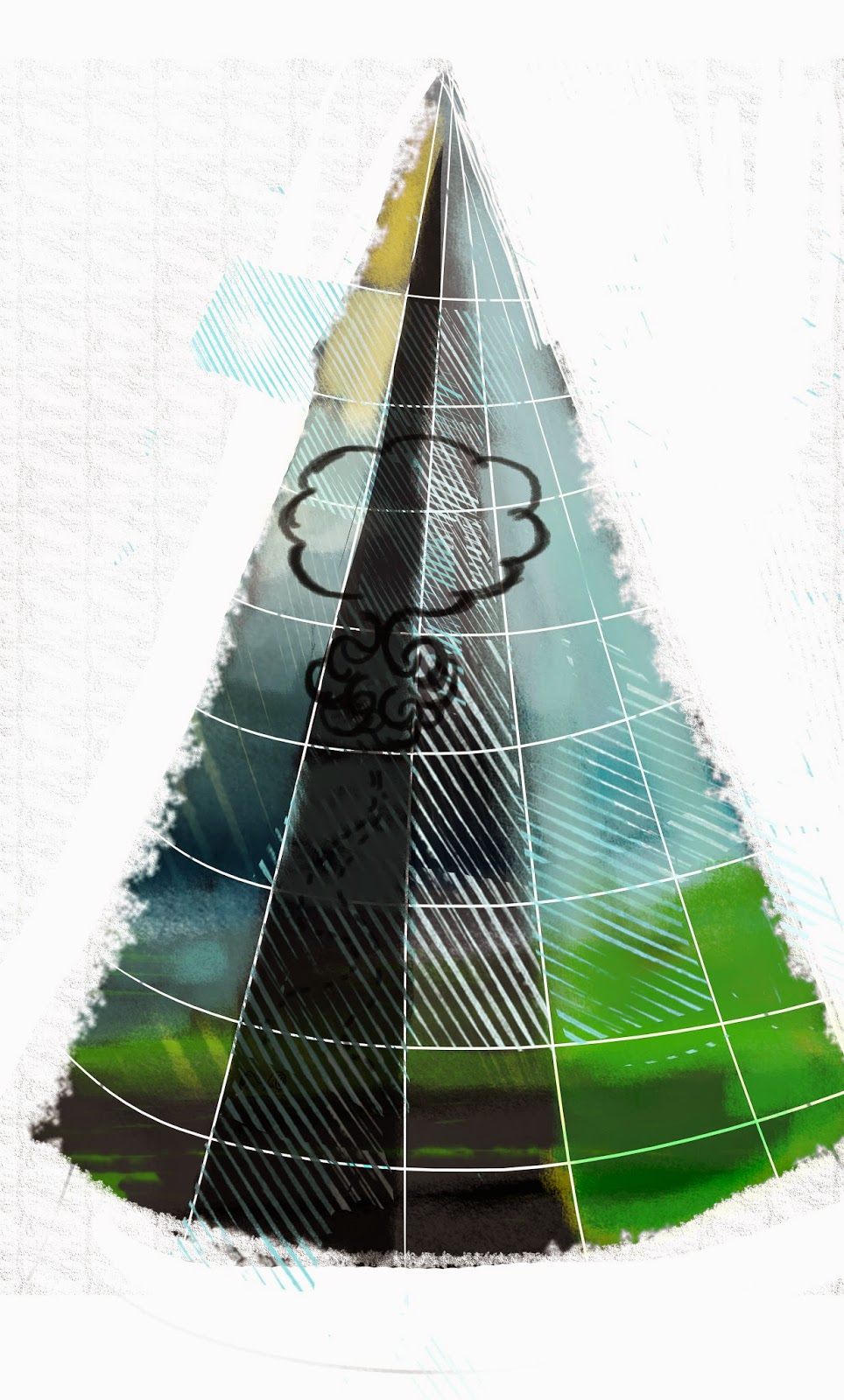Circular form to show the changes and to map the biodiversity of grasslands is one of the form that I am looking forward to explore.
Can I unpack the grassland using this form? (will be exploring further the structure)
The sky lies in the centre and the earth/ground around it.
All the activities are related to the growth of the grass.
The grid can be further explored to map/spot different activities of species.
Mapping/zooming into one of the seasons- post monsoon
Exploring through grids-
the mini stories, events/phenomenas, cycles
Moisture content in soil,

Can I unpack the grassland using this form? (will be exploring further the structure)
The sky lies in the centre and the earth/ground around it.
All the activities are related to the growth of the grass.
The grid can be further explored to map/spot different activities of species.
Mapping/zooming into one of the seasons- post monsoon
Exploring through grids-
the mini stories, events/phenomenas, cycles
Moisture content in soil,
Exploring a part of the circular form



























